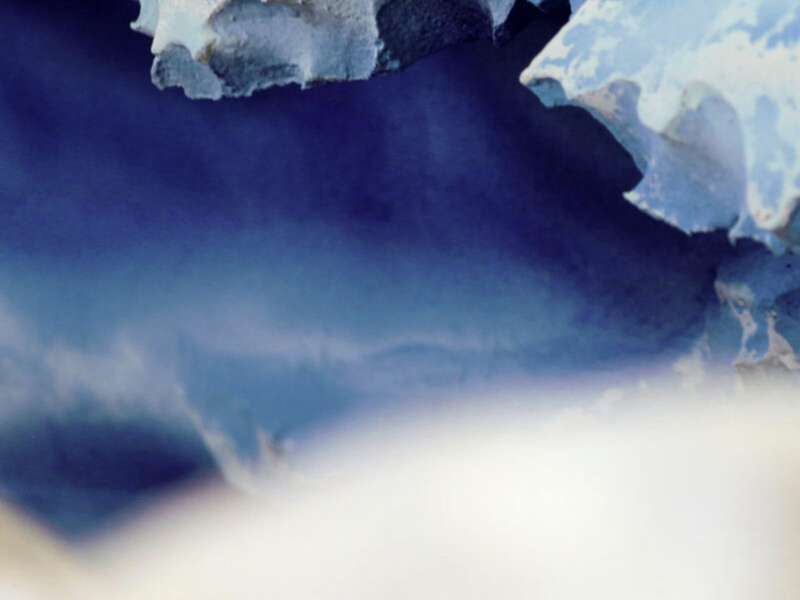
Once Again. Chiara Dynys Between Waves, Light, and Memory
Palazzo Citterio presents Chiara Dynys’s immersive work: mechanical waves, light, and fragments of text emerge in the hypogeal space, evoking a mental landscape between dream, memory, and visual illusion.
자세한 정보